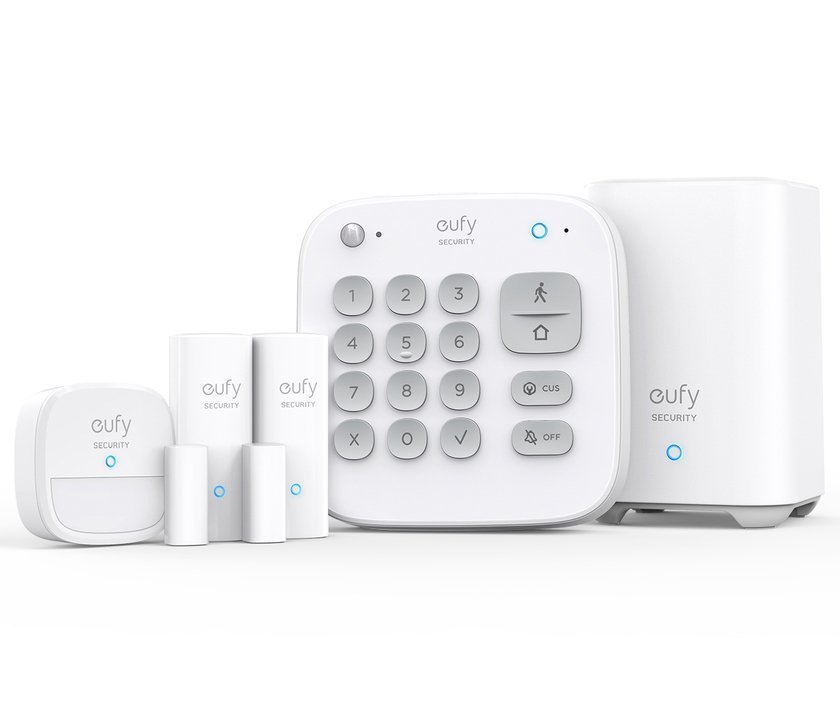
A deadbolt, which is part of your lock system for your doors, can help keep your home secure and prevent intruders from entering. This lock is tougher to alter than others, making it a valuable tool in protecting your home. Deadbolts are vulnerable to shimming and other bypassing methods.
Installing deadbolts correctly is important. Incorrect installation or the use of incorrect parts can lead to a malfunctioning lock that invites burglars.
Some of the most common parts of a deadbolt include the actual bolt, the thumb latch, and the turnpiece. The deadbolt is operated by these parts, which are usually located on your exterior door.
The actual bolt is made of a metal tube that slides into the frame. The cylinder is used to lock and unlock the door. It then retracts back into the lock's faceplate when locked.

There are several different types of components in the cylinder. These include the keyway, rotor, spring, and more. When you insert the right key into the lock it will align itself with the keyway. This will then allow the rotor turn. The cotter pin is an additional piece of the cylinder that undergoes pressure from a spring, and it will align with the grooves in a key to form a pattern that releases the bolt.
Cotter pins make up a large part of deadbolts. They are made out of flexible metal, which adds tension, making it impossible for the rotor to move unless the pin set is aligned correctly.
A spring is also a part of the cylindrical cylinder. This is a metal coil that adds tension for the cotter. The spring stops the rotor turning when the spring is activated.
Stators and keyways, two other components of the cylinder are used to make deadbolts. The stator is another component of the deadbolt that works with the rotor in order to make it turn when the right key is inserted.
The keyway, which is located outside your lock cylinder, is a slot connecting to pins inside. The key will align itself with the pins when it is inserted into a cylinder.

A rotor (small piece of metal) is a part that sits in the cylinder of a lock. It turns when a key compatible with it is inserted. This is the part that releases the bolt as you pull it from the lock.
Other parts, like the key, lock spring and cam of the work lock, can wear out or break over time. You'll have to replace these damaged parts with new ones or repair the lock to get it working again.
Some websites offer information about how to install the kwikset Deadbolt Parts. You can also consult a local locksmith to see which parts you need to get your deadbolt functioning again.
FAQ
How much does an effective home security system set you back?
A home security system that works well will cost you about $2,500. This may seem like a lot of money, but it is actually very cheap compared to the peace of mind you'll gain by having a safe and secure home.
Which Home Security Systems Cannot be hacked?
The definition of hacking is key to the answer. Hacking is the unauthorized access to computer systems, networks, and data. Because they don't contain software that allows remote control, most home security systems can't be hacked. They do not allow anyone to enter your property without your consent.
If the home security system is connected to the Internet, however it can be hacked. These types of systems usually require a password to operate, which means that someone can hack them if he knows the correct password.
What is the difference of surveillance and security camera?
Surveillance cameras serve monitoring purposes, security cameras are used as protection.
Each type of camera has its pros and cons. They capture different types of images. Surveillance cameras record video in slow motion, so you can watch what's happening in real time. On the other hand, security cameras only record video and still pictures, which is saved to review later.
Alarm monitoring: How much should I spend?
The cost of alarm monitoring varies depending on the frequency you need it monitored, the equipment you require, and whether an all-inclusive or monthly package is chosen.
Do I really require a home security system?
You should have a home security system if you own a property. The possibility of a burglar entering your house at any time is possible. They can take all your valuables, even jewelry and expensive electronics. If you don't lock the doors, they can just take everything.
A home security system can protect your home by sending alerts to you when anything happens. This includes detecting motion, sending alerts to your mobile device, recording activity, and allowing you to view recorded footage.
You don't have to invest in a sophisticated home security system if you prefer not to. A simple DIY camera will do the trick. These cameras allow you to see who is at your front door and notify you when they are entering or leaving. However, they will not stop intruders breaking into your home.
How do I choose between different types of home security systems?
You should consider what kind of threats are in your area. A burglary alarm might be necessary if you live in a high-crime area. You might not need as many security measures if you live in a rural location with few burglaries.
You also need to consider whether or not you're willing pay more for these extra features. Some systems come with built-in cameras while others don’t. Some allow you to monitor your house remotely, while others require you to be physically present in order to view the footage.
What is your number one home security product?
Ring Video Doorbell Pro has been voted the best home security system. It allows you speak and see anyone anywhere, anytime using your smartphone. You can also record video footage, and then share it with your family and friends via email or text message.
Statistics
- That's probably why Cove has a whopping 98%* customer retention rate. (safewise.com)
- (In my experience, the discount on my home insurance covered about 25 percent of the subscription of an average plan, but your mileage may vary depending on your location and the size of your home.) (theverge.com)
- Depending on your insurance, 24/7 professional monitoring may qualify you for as much as 15% off your premium. (safewise.com)
- Most home security companies will charge you around 75% of the remaining term of your contract if you cancel early—and some require 100%.Related questionsWhat type of contract length can I expect from security providers?Home security system cancellation (safewise.com)
External Links
How To
How to Install an Home Security System
A home alarm system is a device which monitors your home and alerts when there's an activity. It could be a motion detector, doorbell camera or smoke detector. A home security system usually consists of one or more sensors (e.g., motion detectors), which send signals when they detect movement or sound. The signals are then sent over to a control box where they are monitored and recorded. A control panel will alert your phone, tablet or computer if something is wrong. You'll know what's going on and can take action immediately.
It is important to choose the right type and size of sensors to fit your home before installing a security system. There are two main types of sensors: passive and active. Passive sensors aren't powered by batteries. They just detect sounds and vibrations in their environment. They include doorbells, sirens and buzzers. Active sensors transmit data using electricity. These sensors include motion sensors and cameras.
There are many different brands of sensors available today. Each brand has its own pros and disadvantages. Some sensors are waterproof, others are not. Some have built-in speakers that allow you to hear them outside. Others only work inside. Some are simple, while others offer advanced features such as night vision.
Once you have chosen the right type of sensor for your property, it is time to select a manufacturer. This will help you ensure your sensors work well together. You should find plenty of choices at your local hardware shop.
Once you have selected a brand of sensor, you need to decide the number you wish to buy. Most people start with one or two sensors, depending on whether they live alone or with family members. If you have plans to purchase additional sensors in the future, it might be worth buying more than you currently need.
Next, think about where you want them to go. Are you looking for them to be near doors or windows? Or do you prefer having them hidden away? Before you place them on your property, make sure that you have permission. It is important to ensure they do not interfere with electrical outlets.
After you've determined the location of your sensors, you will need a way that they can be connected to your control panels. A power adapter or battery package may be required depending on your setup. Once everything is set up, it's time to start monitoring your property.